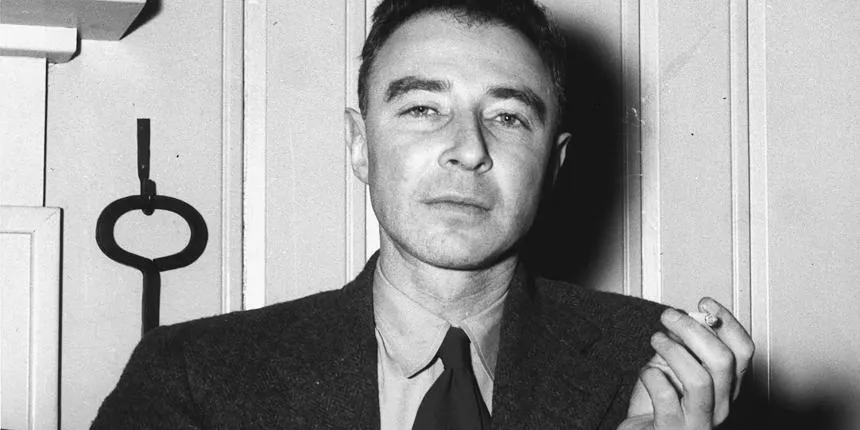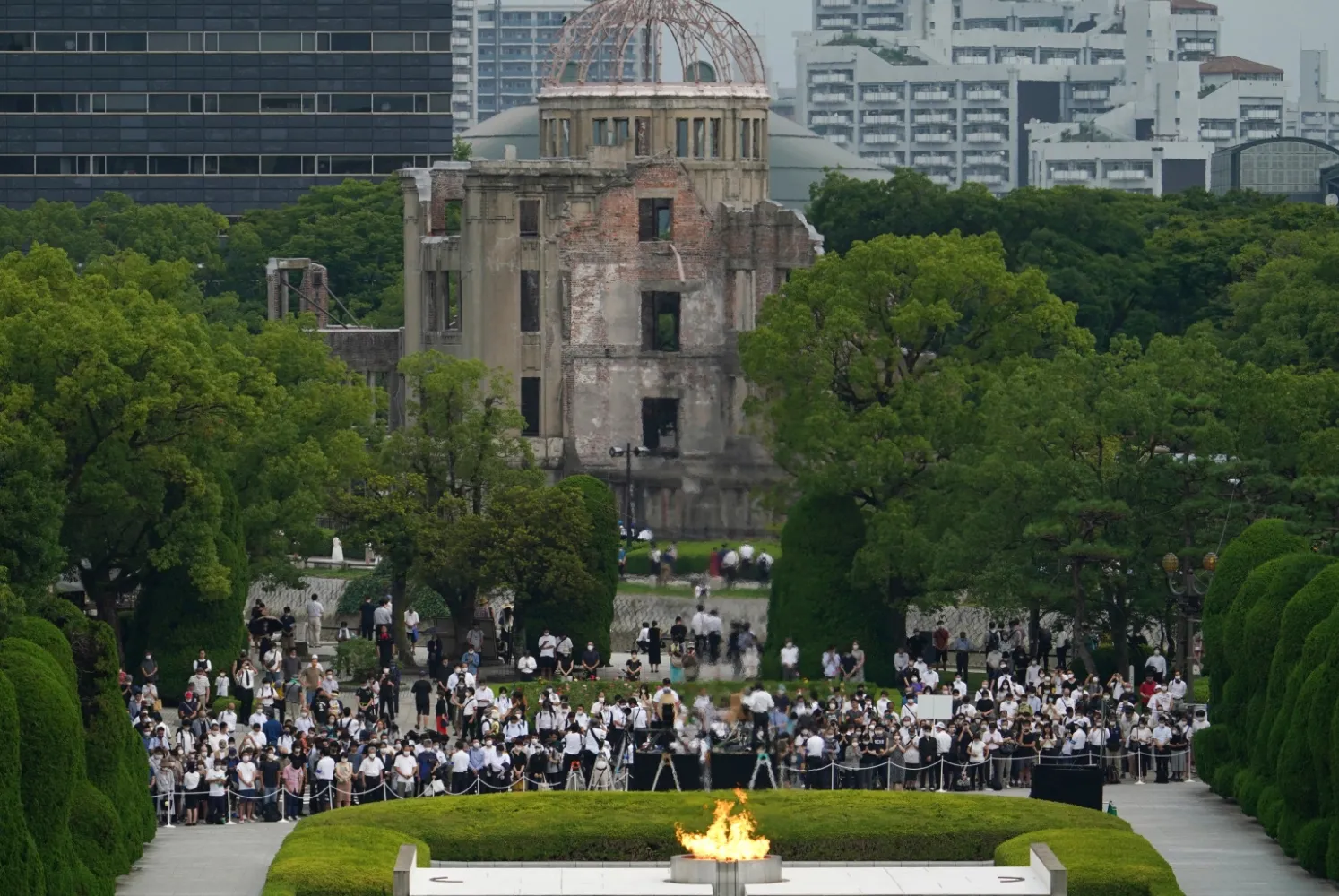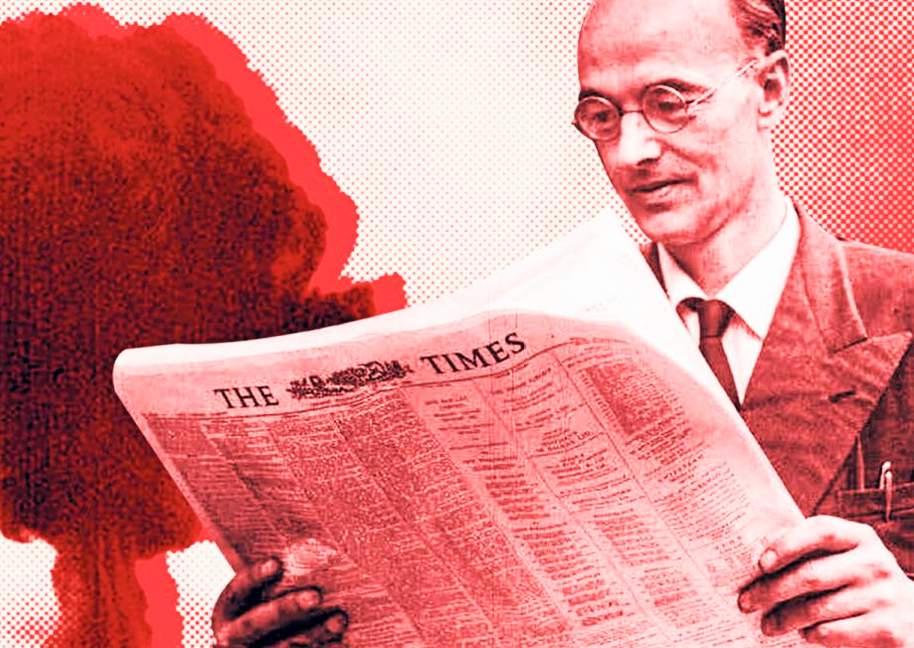Nuclear Spies: What was the Manhattan Project & Why Was it So Important?
The Manhattan Project was a top-secret WWII research and development program that led to the creation of the first atomic bombs. It was named after its principal location in Manhattan, New York, where scientists, engineers, and other experts worked together to harness the power of nuclear fission. The wartime laboratory occupied buildings that had once been part of the Los Alamos Ranch School in New Mexico.

Who was involved in the Manhattan Project?
More than 600,000 men and women worked on the Manhattan Project, initiated by the US government. The Manhattan Project brought together many of the world's leading scientists, - including Robert J. Oppenheimer, Enrico Fermi, Richard Tolman, Arthur Compton, and Niels Bohr - to work on the development of atomic bombs.
What was the Manhattan Project so important?
The importance of the Manhattan Project lies in the fact that it resulted in the creation of the world's first nuclear weapons. The project culminated in the successful testing of the atomic bomb and use of two atomic bombs against Japan in August 1945, leading to the end of WWII.

Did the Manhattan Project raise ethical and moral questions?
The Manhattan Project paved the way for the development of nuclear energy and the peaceful use of nuclear technology in medicine and industry. However, it also raised ethical and moral questions about the use of nuclear weapons. One of the main concerns was the human toll of atomic warfare. The bombings of Hiroshima and Nagasaki killed between 129,000 and 226,000 people, mostly civilians. The use of atomic bombs was seen by some as a violation of the principles of just war and the laws of humanity. The possibility of nuclear accidents, environmental contamination, and radiation exposure also raised significant ethical and moral questions.
"The brand new social experience where you activate your gaming skills as you train like a spy."
- TimeOut
Take on thrilling, high-energy espionage challenges across different game zones.


Which spies leaked Manhattan Project secrets?
British-German physicist Klaus Fuchs was at the heart of the American and British nuclear programs during WWII, working in the UK, New York, and at Los Alamos where he helped build the atomic bomb. He leaked every secret he knew to the KGB and may well have remained under the radar if the Allies hadn’t broken the Soviet codes.
Theodore ‘Ted’ Hall was the youngest scientist to be recruited to work on the Manhattan Project at Los Alamos, New Mexico. He was also an atomic spy who passed detailed information to the Soviet Union about the implosion-type ‘Fat Man’ bomb and processes for purifying plutonium. Cambridge Five spy Donald Maclean also leaked top-level atomic intelligence from London and Washington, D.C. while working as a top-level diplomat.
The most famous ‘atomic spies’, Julius and Ethel Rosenberg, didn’t work for the Manhattan Project although Ethel's brother, David Greenglass, was a machinist at Los Alamos National Lab.
SPYSCAPE+

Join now to get True Spies episodes early and ad-free every week, plus subscriber-only Debriefs and Q&As to bring you closer to your favorite spies and stories from the show. You’ll also get our exclusive series The Razumov Files and The Great James Bond Car Robbery!


Gadgets & Gifts
Explore a world of secrets together. Navigate through interactive exhibits and missions to discover your spy roles.
Your Spy Skills
We all have valuable spy skills - your mission is to discover yours. See if you have what it takes to be a secret agent, with our authentic spy skills evaluation* developed by a former Head of Training at British Intelligence. It's FREE so share & compare with friends now!
* Find more information about the scientific methods behind the evaluation here.


Stay Connected
Follow us for the latest
TIKTOK
INSTAGRAM
X
FACEBOOK
YOUTUBE